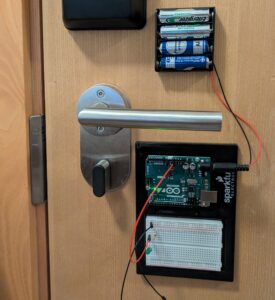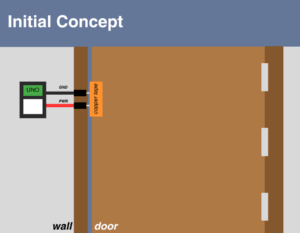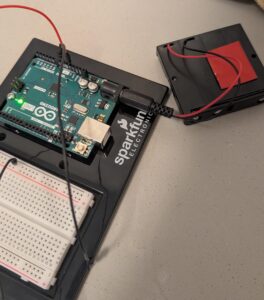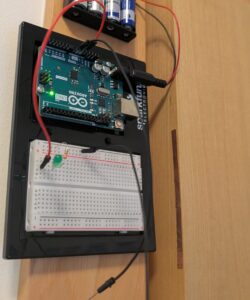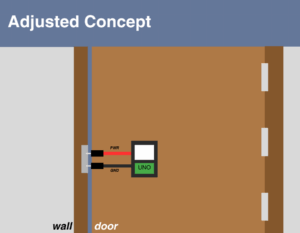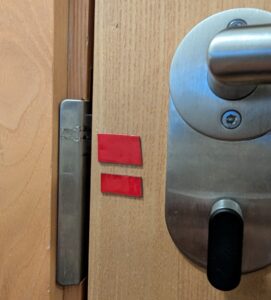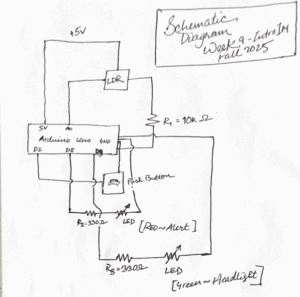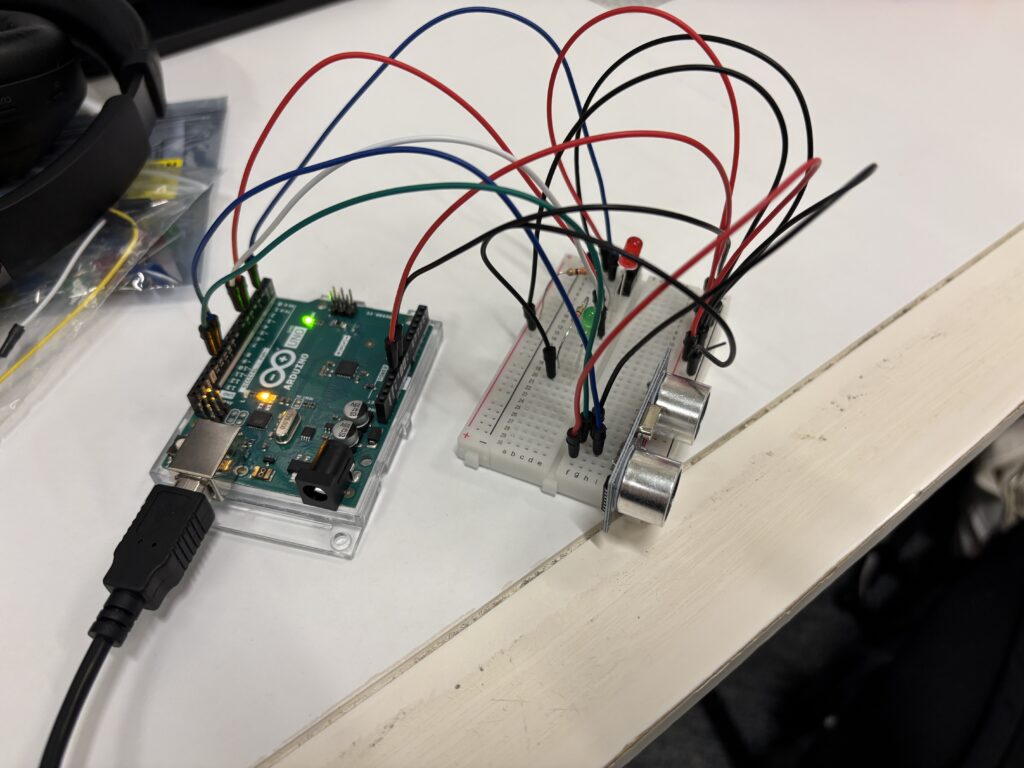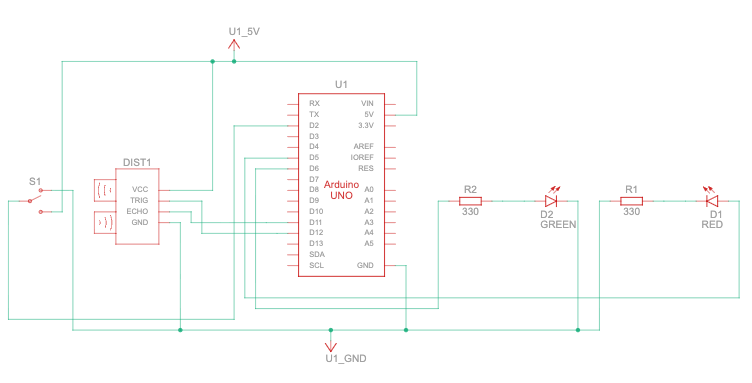The metaphor of interactive art as a directorial process reveals creative control and trust. When Igoe compares designing interactive work to directing actors, it exposes a fundamental tension in the fear of without constant explanation, our vision will be misunderstood or ignored. But this fear might actually be the enemy of good interactive work. Traditional artists can hide behind the permanence of their statement, for example, a painting doesn’t change whether viewers “get it” or not. However, Interactive artists must confront the uncomfortable reality that their work is incomplete without the audience’s participation. The most interesting implication here is that over-explanation isn’t just bad pedagogy. It’s a form of creative cowardice, a way of avoiding the vulnerability inherent in truly collaborative expression.
What strikes me about the “greatest hits” catalog is how it inadvertently maps the evolution of human-computer intimacy. The progression from theremin-like instruments (where gesture has “little meaning by itself”) to gloves (which borrow existing gestural vocabulary) to meditation helpers (which attempt to read involuntary bodily responses) represents increasingly ambitious attempts to collapse the distance between intention and interface. Yet Igoe’s skepticism about certain forms, particularly “remote hugs” and meditation helpers, suggests that some human experiences might be fundamentally resistant to technological mediation. The machine can measure breath rate and skin response, but it cannot know meditation; it can transmit signals between paired objects, but it cannot convey warmth. This raises an uncomfortable question for interactive designers: are we sometimes trying to technologically recreate experiences that derive their meaning precisely from their technological absence?
The recurring critique of projects that confuse “presence with attention” opens up a broader philosophical question about what interaction actually proves. A sensor detecting someone standing in front of a painting tells us almost nothing about engagement, yet many interactive projects treat physical proximity as evidence of meaningful exchange. This seems related to a contemporary cultural anxiety about whether we’re truly connecting with anything. We’ve become so focused on measurable interaction (clicks, views, sensor triggers) that we’ve lost sight of the immeasurable dimension where actual meaning resides. Perhaps the most radical interactive artwork would be one that deliberately resists confirming whether interaction happened at all, forcing both creator and participant to sit with uncertainty rather than seeking the reassurance of sensor data. The blink of an LED becomes a form of emotional comfort: see, something happened, you’re not alone.



 Figure: the process of sketching the plan
Figure: the process of sketching the plan The Finalized Sketch
The Finalized Sketch

